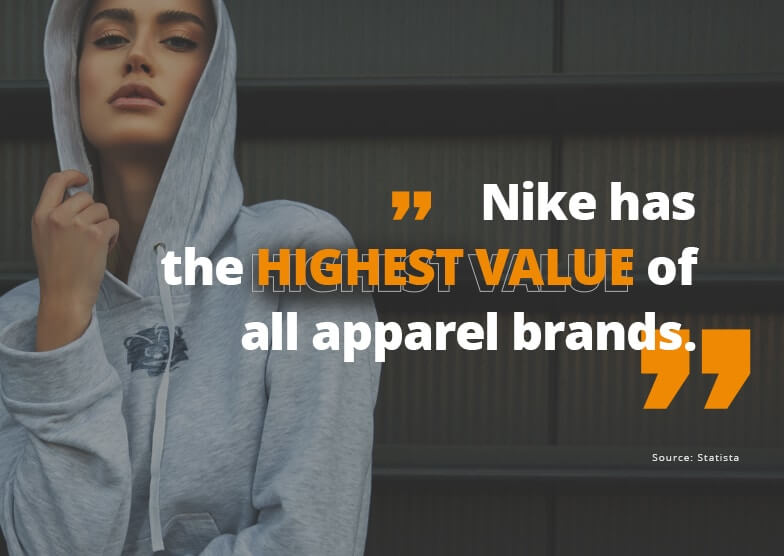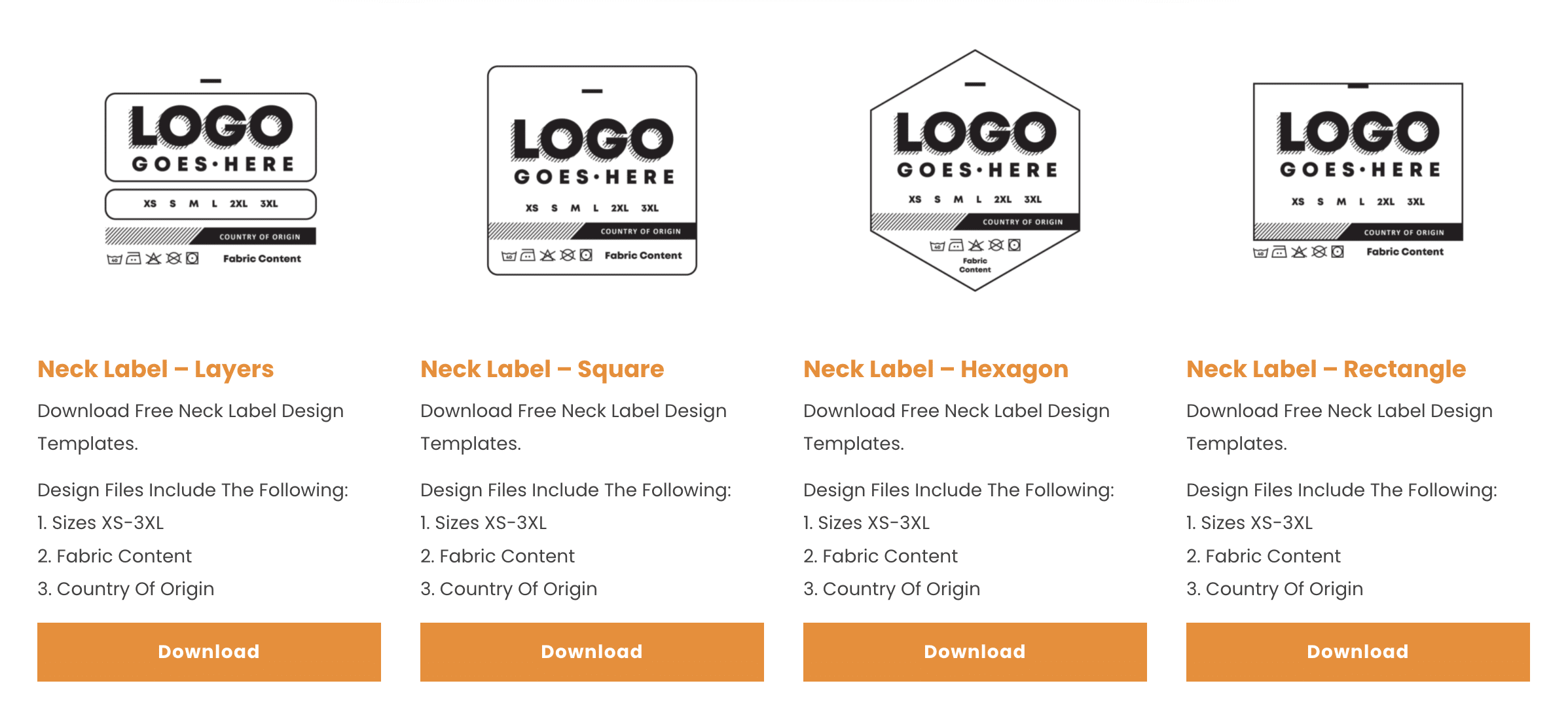Here’s a fun fact for you: Supreme began as a small skateboarding shop that no one had heard of before.
Today, it is one of the most popular apparel brands in the world. (And let’s be real, it’s more than just an apparel brand—it’s a lifestyle movement.)
So, how did Supreme go from a little shop in New York City to a billion-dollar industry dominator?
The Vou wrote an amazing article that dives deep into how Supreme increased its perceived value and scaled like nobody’s business. We highly recommend it.
But if you’re in a hurry, we’ll sum up the article for you.
There are four key business strategies Supreme used to scale to the nines:
1. Supreme built a rebellious brand image that was reminiscent of contemporary art or graffiti.
Its unique look set Supreme apart from other fashion brands.
2. Supreme produced limited quantities of its clothing to increase demand.
Its exclusivity is what motivated customers to spend hours lined up outside the Supreme stores for new product launches.
3. Supreme produced limited edition items and rare collections through celebrity and influencer partnerships.
By partnering with prominent figures that aligned with its brand image, Supreme strengthened its footing as a lifestyle brand rather than just an apparel company.
4. Supreme built a powerful community of fans, resellers, and collectors.
Its community focus contributed to the hype and gave its customers a sense of belonging.
Whether your goal is to be the next Supreme or not, you can learn a lot from the fashion tycoon about how to increase the perceived value of your custom apparel.
Supreme’s level of success might feel like a distant dream, but the reality is that the brand increased the value of its apparel with each move it made.
Just like you build a Lego house brick by brick, each step you take to grow your apparel business contributes to its long-term structure.
Let’s take a look at Nike, another brand that is insanely valuable in the eyes of consumers.
In fact, Nike is currently the most valuable apparel brand—it is worth $35 billion as of 2021. Wowza!
Here’s the deal: Nike spends a lot of money on advertising itself as more than just an apparel company.
You might notice that Nike’s ads don’t usually mention the products. That’s because it uses a strategy called lifestyle branding. It is a long-term tactic that aims to connect customers with the brand itself, its mission, and its values—not necessarily the products.
Nike’s products are worth more in the eyes of the consumers who identify with the lifestyle that Nike promotes.
Now that we’ve looked at two examples of apparel companies that have high perceived value, let’s talk about you!
The global apparel market size reached $1.55 trillion in 2021, and it’s not showing any signs of slowing down.
If big-name brands can take advantage of the boom in online apparel sales, why can’t you?
Here are seven ways to start charging more for your custom apparel:
1. Clarify your brand positioning.
This is step one. Your positioning is essentially where your brand sits in the minds of your target customers. It helps you claim your spot in the market and distinguish your brand from competitors.
If your positioning is wishy-washy, it will be much more difficult for you to justify raising the prices of your clothing because your potential customers will not understand the value of your brand.
One way to strengthen your positioning is to define your unique value proposition—or the reasons why your customers would buy from your brand instead of your competitors.
2. Gain a deep understanding of your target customers.
Yup, it’s about to get personal. Knowing the wants, needs, motivations, and purchasing habits of your customers will help you develop products and marketing campaigns that speak directly to them.
Better marketing = increased demand (and sales for you!)
3. Keep a close eye on trends, and use them strategically.
Of course, we don’t advise you to jump on every single trend that pops up. Don’t be a bandwagon hopper.
But if a trend makes sense for your brand, it could be a good one to capitalize on!
One great example is the resurgence of the ‘90s bucket hat trend. A bucket hat design would make sense if you have a streetwear brand, but maybe not if you have a feminine boho apparel line.
4. Turn your apparel into a lifestyle brand.
OK, this is easier said than done—but if you can pull it off, it’s highly effective.
Customers who are willing to pay higher prices for apparel are often using clothing to express themselves and strengthen their sense of identity.
You can start by building a community of fans around your brand. Strong customer relationships will be key.
But then, you’ll want to take the connection a step further and find ways to integrate your brand into your customers’ lives in meaningful ways.
You want to create an emotional relationship between your customers and your brands. That’s how you go from an apparel company to a lifestyle brand.
5. Invest in embellishment techniques.
Embellishments can elevate your garment tremendously. For example, our custom embroidery service can make your apparel higher-end and more professional.
Not sure which embellishments are best for your garments? Our team is happy to advise you on how to produce apparel that is more visually engaging.
6. Private label your garments.
If you’re creating apparel to sell to customers, you absolutely must private label your garments. It’s the #1 way to make your brand seem more legit.
Private labeling means printing your garments with custom neck labels that have your brand name on it.
When you work with us, private labeling will only cost you a few dollars more per garment. However, it could easily help you sell your custom apparel for 5x more.
So, the real question is: can you afford not to private label your apparel?
7. Improve the quality of your products.
Last (but certainly not least), we’d like to remind you that your product quality will be a major determining factor in how much you can charge for your custom apparel.
It will also greatly influence how many of your customers become repeat buyers.
With quality products, you can keep your customers coming back—and paying more—for your custom apparel. We recently wrote an article all about customer retention, so check it out if you want to learn more.
Our team of experts will help you increase the perceived value of your custom apparel.
From the highest-quality products on the market to affordable private labeling services, we have the resources you need to scale your brand.









